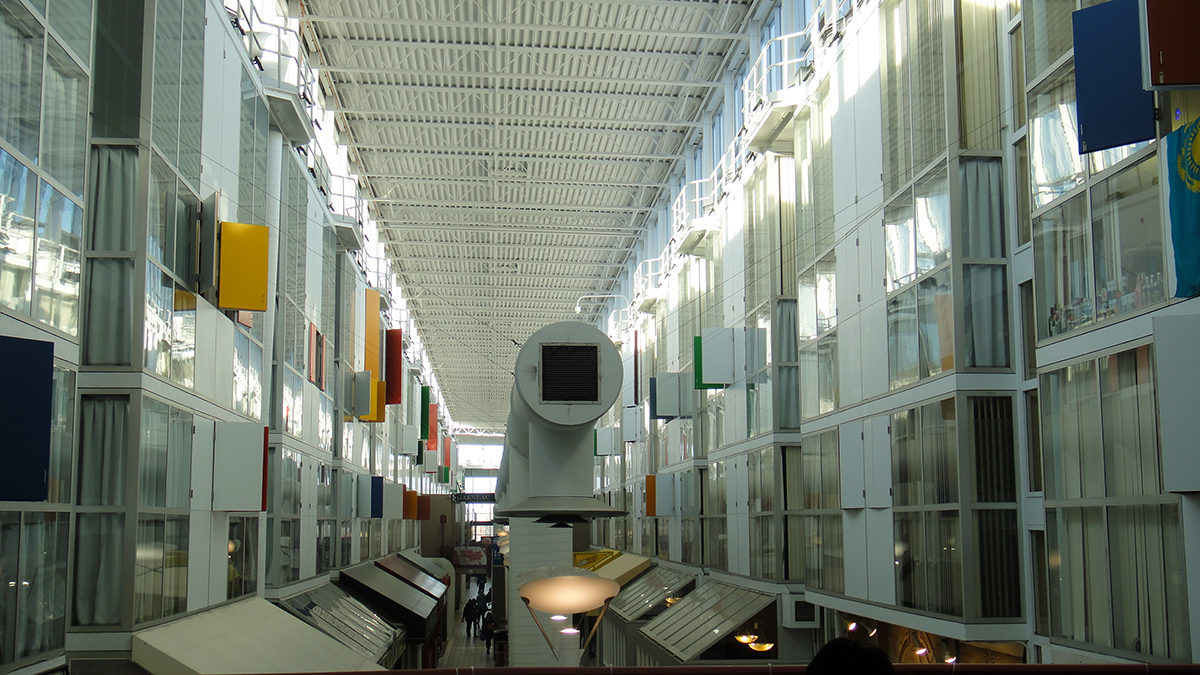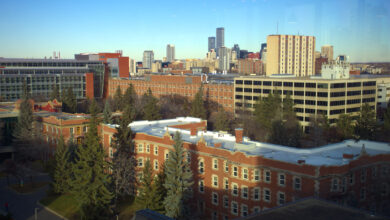Nearly 20 resident assistants resigned since unionizing
 Mindy Quang
Mindy QuangNearly 20 RAs have resigned since August and early October, which is double the turnover in previous years. Now, some former RAs are opening up about why.
Last year, RAs would earn $550 per month for responding to emergencies, resolving conflicts between residents, and planing events. This year, RAs work specific shifts scheduled from 6 p.m. to 12 a.m., which require them to stay in their office and patrol the area for $13.60 per hour. The new model has some RAs being paid as low as $285 per month.
Last year, on-call shifts from 6 p.m. to 8:30 a.m. allowed RAs to be anywhere on campus, to sleep, and to do homework while on call throughout the night. Now, RAs are not permitted to sleep or study on the night shift; after their shifts end at midnight, residents must rely on University of Alberta Protective Services if they have an issue.
The collective agreement between RAs and the university expires on March 31, 2019.
Anna McMurchy, a fourth-year arts student, and Cara Fan, a third-year science student, had both worked as RAs in HUB since 2016, before they resigned this September. After RAs unionized last year, McMurchy and Fan said they were dismayed by changes to their roles, including working more constraining shifts and being paid less. These changes caused them, and many others, to resign this semester.
McMurchy said she was expecting to be paid about $600 as a returning RA, but said she would have been making around $285 per month if she had stayed with the job under the hourly wage.
Costing the university more
Janice Johnson, the assistant dean of students (residence), said the changes are actually costing the university more this year than last year. She’s also added that she hasn’t heard any complaints from the RAs since mid-October.
“The money is not going to anything but RAs, so I sincerely doubt are getting paid less than they did before,” she said. “And if it’s costing the university a significant amount more, somebody is getting paid a lot more.”
She added that nearly 20 RAs resigned between August and early October, which is double the turnover in previous years.
“It’s tough for the students not having an RA, it’s tough for us to recruit, and it’s tough for the new RAs to start after training and everything,” she said.
According to Johnson, an RA’s earnings will fluctuate from month to month depending on the hours worked, with some months were they can earn more than they did in the previous system.
“Not going to us”
While McMurchy understands that the university is paying more, she said that the money is not going to RAs.
“I understand this is costing the university more money … and I believe them, but the money is not going to us,” she said. “So good for you for shelling out more money for that shittier system.”
Fan said the new shift system was the biggest reason behind her resignation as she thought it was unreasonable to expect a student to do a shift until 2 a.m. and attend classes the next morning. She also said having RAs work in shifts prohibits those with night classes from working.
“It’s not something you should expect from a student to stay up till two and not study,” Fan said. “A lot of people told me they have morning classes and they still have to do those shifts because they need the money.”
McMurchy also said she was not notified of the changes prior to the renewal of her contract in April, and only learned of the lower compensation when training started in August.
“Our boss sat us down and explained the new system, at which point everyone was like ‘What the hell, this new system is terrible,'” she said. “As soon as the (contracts) were passed around, everyone is looking at them and both people on either side of me, we were all returners from last year, we all started whispering ‘We’re going to quit.'”
Unionization dispute
Johnson said the changes were a response to student staff moving to unionize last fall after RAs joined the university’s Non-Academic Staff Association (NASA). Johnson said discussions with NASA led to RAs being paid hourly instead of monthly.
Kyle Monda, a fourth-year arts student who was one of the RAs that negotiated the unionization, said they wanted to create a new agreement between RAs and the university to reflect the amount of work they actually did, especially during the end of summer when students are moving in. Monda said they offered alternatives for the university to better compensate RAs, including a combined monthly and hourly wage system.
The RAs’ proposal would have brought their pay to a level comparable to other universities, at around $800 per month instead of $550, Monda said.
However, NASA and the university were unable to come to an agreement, so the university incorporated RAs into the non-academic staff collective agreement on student casual employees, leading to the changes seen in August.
Johnson said the agreement did not allow them to keep the old on-call system.
“In the negotiations, we were open to considering rent or meal plan reimbursements as part of the pay structure, but the university wasn’t willing to consider that,” Monda said.




